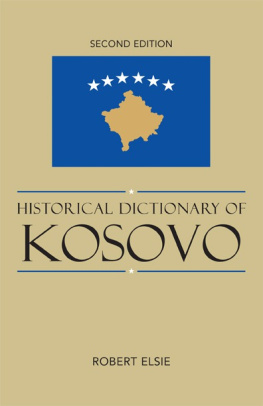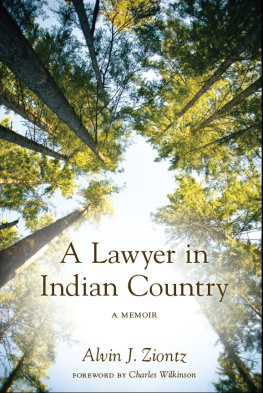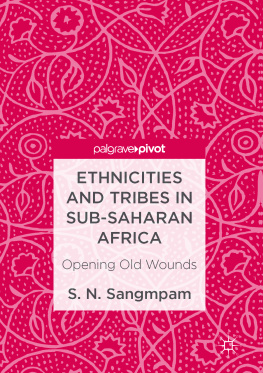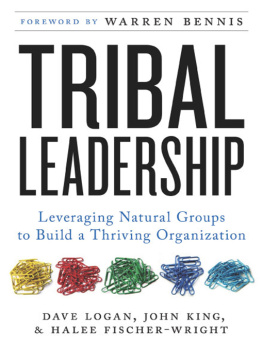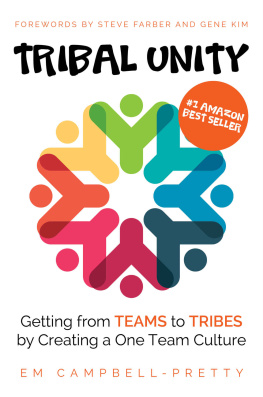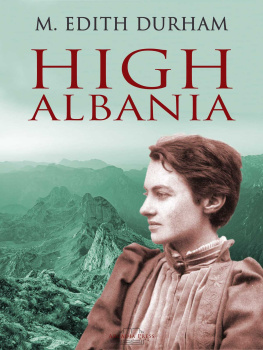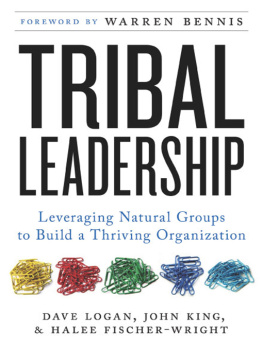
Robert Elsie is a writer, translator, interpreter and specialist in Albanian studies. He has written over seventy books on Albania including Albanian Literature: A Short Introduction and A Biographical Dictionary of Albanian History (both I.B.Tauris).
The tribal system of northern Albania is one of the most fascinating aspects of a very distinctive part of Europe. Over hundreds of years, when their territory was under Ottoman rule but seldom fully under Ottoman control, these tribes provided a basis for social identity, local justice and military action. So cohesive were they that the unity of a tribe could easily survive the conversion of one part of it to Islam. Anyone who studies the history of these people will encounter tribal names and tribal identities at every step; and yet, until now, there has never been a general work gathering all the scattered information about them that survives in sources of many different kinds. The Tribes of Albania will be an indispensable and authoritative work of reference. There are few people in the world who could have written such a work; absolutely no one could have done it as well as Robert Elsie, whose knowledge of this material is unparalleled.
Sir Noel Malcolm, Senior Research Fellow, All Souls College,
University of Oxford
The tribalism of the north has been of primary significance to Albania right up until modern times, yet anyone attempting to study it soon encounters daunting difficulties. The topic was taboo in the communist period, while earlier surveys and travellers? accounts are inevitably scattered and inconsistent. Now Robert Elsie has very helpfully brought together a wealth of information, in as clear and systematic a fashion as the subject permits, to create this scholarly handbook to the northern tribes, their structures, geography and history. It is to be welcomed as a valuable contribution to the ongoing demystification of the country.
Jason Tomes, author of King Zog: Self-Made Monarch of Albania
THE TRIBES OF
ALBANIA
History, Society and Culture
R OBERT E LSIE
Published in 2015 by
I.B.Tauris & Co. Ltd
London New York
www.ibtauris.com
Copyright 2015 Robert Elsie
The right of Robert Elsie to be identified as the author of this work has been asserted
by the author in accordance with the Copyright, Designs and Patents Act 1988.
All rights reserved. Except for brief quotations in a review, this book, or any part thereof,
may not be reproduced, stored in or introduced into a retrieval system, or transmitted,
in any form or by any means, electronic, mechanical, photocopying, recording or otherwise,
without the prior written permission of the publisher.
Every attempt has been made to gain permission for the use of the images in this book.
Any omissions will be rectified in future editions.
References to websites were correct at the time of writing.
Library of Balkan Studies 1
ISBN: 978 1 78453 401 1
eISBN: 978 0 85773 932 2
A full CIP record for this book is available from the British Library
A full CIP record is available from the Library of Congress
Library of Congress Catalog Card Number: available
If the American zonyas [ladies] wish to know what we have learned from our fathers, who learned it from their fathers and their fathers' fathers, I will speak. All these things are very old, and none of them are written in books, therefore they are true. I am an old man, and I have seen that when men go down to the cities to learn what is in the books, they come back scorning the wisdom of their fathers and remembering nothing of it, and they speak foolishly, words which do not agree with one another. But the things that a man knows because he has seen them, the things he considers while he walks on the trails and while he sits by the fires, these things are not many, but they are sound. Then when a man is lonely, he puts words to these things and the words become a song, and the song stays as it was said, in the memories of those who hear it.
{An old man of Shala, speaking to Rose Wilder Lane in Theth in 1921.
From the book Peaks of Shala (New York, 1923), p. 180.}
LIST OF MAPS
All maps Ismail Gagica, Prishtina
LIST OF ILLUSTRATIONS
A Kelmendi man and woman (copperplate etching by Jacob Adam of Vienna, 1782)
Idriz Lohja and his family, of the Lohja tribe (Kel Marubi, 1910)
Classification of the Albanian tribes by Franz Seiner, 1918
Two of the djelmnia or young tribal warriors of Shala (Kel Marubi, 190015)
Nik Marashi and family of Gimaj in Shala (Shan Pici, 1938)
Mar Lula, bajraktar of Shala (Kel Marubi, 1900)
A Shala bride (Shan Pici, 1938)
Kol Vat Mirashi of the Shoshi tribe (Shan Pici, 1938)
Well-moustached member of the Shoshi tribe (Shan Pici, 1938)
The tribal leaders of Mirdita (Pjetr Marubi, 1875)
Two tribesmen in fine Mirdita costumes (Kel Marubi, 190019)
Gjon Markagjoni (18881966), kapedan of Mirdita (Kel Marubi, 1929)
Two Mirdita women carrying cradle and supplies (Shan Pici, 1928)
Albania in southeastern Europe
INTRODUCTION
A tribal society in Europe? Yes, there is one, or at least there are still noticeable traces of one, in the mountains of northern Albania. This unique society and culture thrived until the early years of the twentieth century and was still largely intact when the communist regime seized power in Albania in 1944. It is regarded as the only true example of a tribal society surviving in Europe up to the mid-twentieth century. Many of the structures of this traditional society were weakened or indeed eradicated in the half century of Stalinist rule in Albania (194490), but the north of the country still remains a very different place from more advanced south of Albania, and from the rest of the world. Why this relic, and what do we know about it?
Up to the present, there has been a glaring lack of knowledge and scholarly information about the tribes of northern Albania. This volume endeavours to fill the gap and provide basic information about all the major Albanian tribes, at least as much information as can be found in source material and as can still be gleaned from the collective memory of the people of the region. A comprehensive history of the tribes is impossible because earlier written accounts are extremely sporadic.
Who are the Albanians?
The Albanians are said to be among the oldest peoples of southeastern Europe. Their roots would seem to go back to the ancient Illyrians who inhabited the western and southwestern Balkans in the Roman period. As a people, we can trace the Albanians back to about the year 1,000 A.D. when the first written documents (Byzantine Greek and Latin records) make mention of them.
The Albanian language (shqip) is currently spoken by about six million people in the southwestern Balkans, primarily in the Republic of Albania and in the neighbouring countries that once formed part of the Yugoslav federation (Kosovo, Macedonia and Montenegro). In Albania itself, the language is spoken by the entire population of about three million indivduals, including some bilingual ethnic minorities. In the Republic of Kosovo, Albanian is spoken by almost the entire population of about two million individuals, again including some bilingual ethnic minorities. The Republic of Macedonia is estimated to have at least half a million Albanian speakers, equaling about 25 per cent of the total population of that country. A minority of about 50,000 Albanian speakers is also to be found in the Republic of Montenegro, mostly along the Albanian border (the areas around Ulqin/Ulcinj, Tuz/Tuzi and Gucia/Gusinje). There are also notable old Albanian settlements in Greece and Serbia, and in southern Italy.


